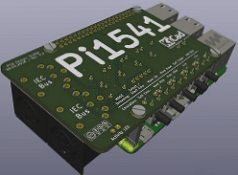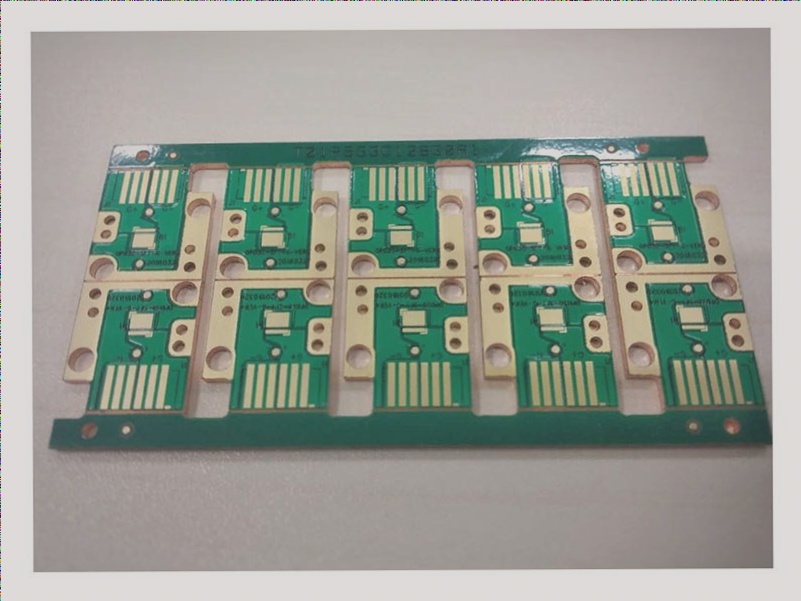FPC Circuit Board Drilling and Surface Treatment
The metallization of holes in flexible circuit boards has evolved with the introduction of a direct electroplating process, replacing traditional electroless plating methods. This advancement involves a carbon conductive layer technology that is now commonly utilized in flexible printed circuit boards. Special fixtures are necessary to secure and stabilize these boards during the plating process to ensure uniform copper layer thickness. Outsourcing hole metallization is not recommended for factories inexperienced in handling flexible printed boards, as quality may be compromised without a dedicated electroplating line.

Copper Foil Surface Cleaning
Cleaning the surface of copper foil is a crucial step in the FPC manufacturing process to enhance the adhesion of the resist mask. Both chemical cleaning and mechanical polishing processes are commonly employed, with a combination of these methods often used for precision graphics production. Careful attention must be paid to the abrasiveness of the polishing materials to prevent damage to the copper foil. Surface cleaning is particularly essential for precision patterns below 100μm to ensure proper adhesion and improve the etching process pass rate.
FPC Circuit Board Film Selection
The resist coating and filming process for FPC circuit boards offer three primary methods based on circuit pattern precision and output requirements: screen printing, dry film/photographic, and liquid resist etching agent photosensitive methods. While screen printing is cost-effective and suitable for mass production, the dry film method is preferred for achieving finer line widths, especially for precision patterns below 0.3mm. Selecting the appropriate dry film is crucial to ensure compatibility with the copper foil board and process conditions, as it directly impacts the etching pass rate and overall quality of the flexible printed boards.
Benefits of Using Dry Film in PCB Production
Dry film is a popular choice in PCB production due to its simplicity and efficiency. It comes in a roll form and consists of a three-layer structure: a thin polyester protective film, a photoresist film, and a thicker polyester release film.
Application Process
- Peel off the release film before applying the dry film onto the copper foil surface.
- Press the film with a hot roller for proper adhesion.
- Remove the protective film before developing the PCB.
Flexibility in Design
Flexible printed boards have guiding and positioning holes on both sides, allowing for precise alignment of the dry film with the copper foil board. However, automatic filming devices designed for rigid boards may not be suitable for flexible boards, requiring specific design considerations.
Stabilization Before Exposure
After applying the dry film, it is recommended to let it stabilize for 15-20 minutes before the exposure process. This ensures optimal results during development.
Manual vs. Automatic Lamination
Due to the high linear speed of dry film lamination, many PCB factories prefer manual lamination over automatic methods. The manual process offers greater control and accuracy, especially for flexible boards.



